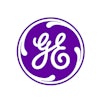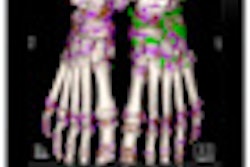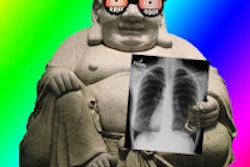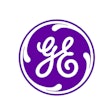
Knowledge is power, or least it was recently at an Australian hospital: Researchers there found that paging referring physicians to tell them their images were available in the PACS dramatically decreased the time between when studies were ready and when they were viewed.
The group from Sir Charles Gairdner Hospital in Perth, Western Australia, found that implementing a simple paging notification system decreased the mean time delay for clinician image review from three hours to just 30 minutes. They shared their findings in an article published online May 14 in the Journal of Digital Imaging.
Although the researchers acknowledged that manually paging referring physicians each time a study has been reported by a radiologist and is ready for review in PACS isn't likely to be sustainable on its own, they believe their results demonstrate the clinical benefits of notification and speak to the potential of automated notification systems.
An inefficient process
As a surgical intern, senior author and junior doctor Dr. Madusha Chandratilleke would often find herself ordering countless images but without ever knowing exactly when they would be completed and reported, co-author and consultant neurosurgeon Dr. Stephen Honeybul told AuntMinnie.com.
"This resulted in many trips back and forth to computers to log on and check the image status, and it felt like an inefficient process," he said. "It seemed like there could be a very simple solution."
As a result, Chandratilleke applied for a service improvement rotation, in which a junior doctor was temporarily removed from his or her usual clinical duties to adopt an administrative role within the hospital and to pursue a chosen project, Honeybul said.
"Her motivation for applying was a result of various complaints about inefficiency or inconsistency processes within the hospital," Honeybul said. "She felt it was an opportunity to make a change to processes within healthcare."
In a two-part study conducted over two months, participants from the general medicine, general surgery, vascular surgery, neurosurgery, and orthopedic surgery departments were asked to manually record the time and date at which they viewed radiological images they had requested. They were also asked to document any variations from their normal practice.
The researchers gathered data over 10 working days for 45 patients. Data were compared to the information in the RIS to determine the time between when the study was ordered and when it was completed and ready for viewing in the PACS. X-ray, CT, MRI, ultrasound, and bone scans were included in the study.
There was a mean time delay of 180.02 minutes (95% confidence interval [CI]: 135.1 to 225 minutes) between when the image was available and when it was actually viewed by the referring physician. When asked their opinion of the biggest contributor to the delay, 33 (72%) of 46 physicians indicated it was due to the referring doctor being unaware that the images were available, according to the researchers.
Manual paging
In the second phase of the study, junior doctors over a six-day period were manually paged by Chandratilleke between 8 a.m. and 5 p.m. when the images were ready for viewing on PACS. Pages were sent up to a maximum of 30 minutes after the images had been completed and were ready for viewing.
The new paging system, which was utilized for 52 patients across eight inpatient specialties, lowered the mean delay between image availability and image viewing to only 33.95 minutes (95% CI: 24.1 to 43.8 min). The difference was statistically significant (p < 0.0001).
Overall, participants had very positive comments about the system and felt it was beneficial for optimizing their time, according to the researchers.
"There were high levels of satisfaction from all staff involved regarding a notification system for radiology with reported increased working efficiency and shorter delays to intervention and changes in management," the authors wrote. "A notification system also has the benefits of urgent imaging being viewed immediately and acted upon earlier, as well as less 'missed' pathology and errors."
Automated notification systems
The manual paging system was discontinued upon completion of the study, as it was too labor intensive and would not be cost-effective in the long run, Honeybul told AuntMinnie.com. A number of companies have since approached Chandratilleke about the possible integration of software packages into the hospital's existing PACS.
While automated notification systems are currently available in the market, they are costly and time-consuming to install, and, until now, there had been no independent evidence that sophisticated and expensive systems would provide clinical benefit, Honeybul told AuntMinnie.com.
"This is the first study that has demonstrated that clinician notification will reduce the time between the images becoming available and actually being viewed," he said. "Thereafter, it may be that clinical care may be provided in a more timely fashion. There is therefore potential for more efficient and timely healthcare provision."
This principle could also be extrapolated to other domains, "such as pathology, [electroencephalography], echocardiography, and perhaps to other areas of the hospital such as the outpatient clinic (perhaps an automated email is sent), or may just be used when images are required urgently," Honeybul said.
The increasing availability of mobile devices such as tablets, iPads, and iPhones offers potential for facilitating automation of the notification process, according to the researchers. Based on the study results, future areas of development may examine the effect of automated responses on clinical outcome parameters such as length of stay, Honeybul said.
"There would appear to be little doubt that there is potential for clinicians to obtain instant access to imaging information at the point of care," the authors wrote. "The benefits of using these types of dispatching systems and the quality provided will require validation, and issues regarding patient confidentiality will need to be addressed."




















